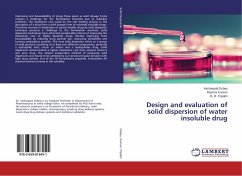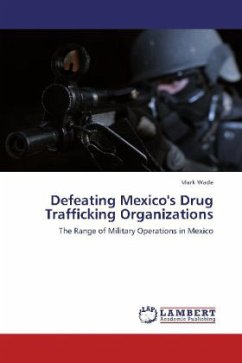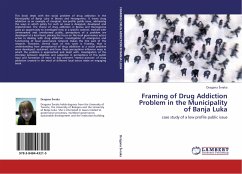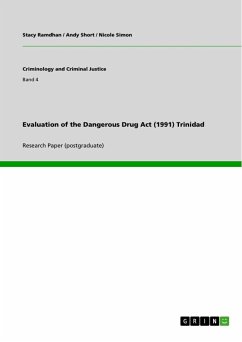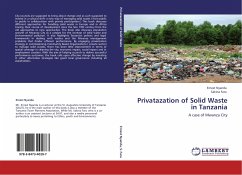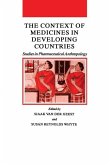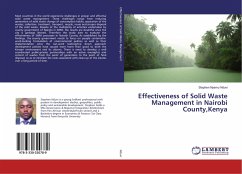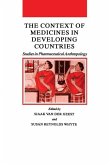Improving oral bioavailability of drugs those given as solid dosage forms remains a challenge for the formulation scientists due to solubility problems. The dissolution rate could be the rate limiting process in the absorption of a drug from a solid dosage form of relatively insoluble drugs. Therefore increase in dissolution of poorly soluble drugs by solid dispersion technique presents a challenge to the formulation scientists. Solid dispersion techniques have attracted considerable interest of improving the dissolution rate of highly lipophilic drugs thereby improving their bioavailability by reducing drug particle size, improving wettability and forming amorphous particles. The term solid dispersion refers to a group of solid products consisting of at least two different components, generally a hydrophilic inert carrier or matrix and a hydrophobic drug. Solid dispersions demonstrated a higher dissolution rate than physical mixtures and pure drug. The solvent evaporation methodof preparing solid dispersions was found to be satisfactory as it produced good product with high drug content. Out of the 18 formulations prepared, formulation A5 showed marked increase in the solubility
Bitte wählen Sie Ihr Anliegen aus.
Rechnungen
Retourenschein anfordern
Bestellstatus
Storno

